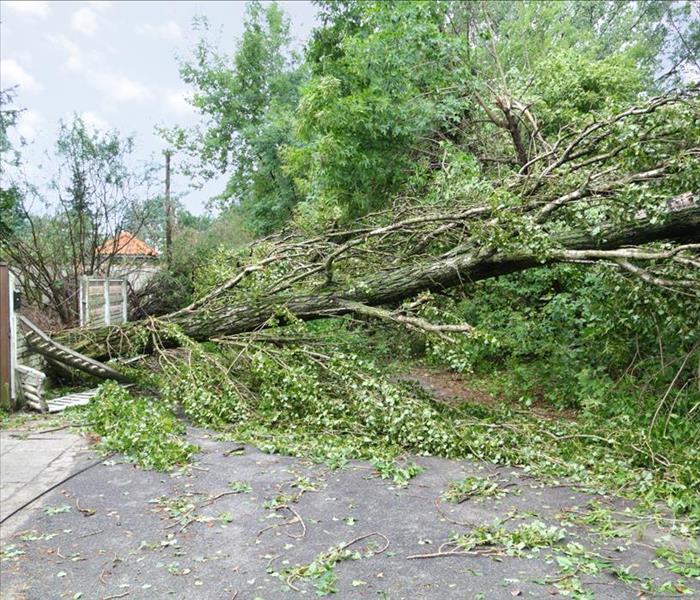7 Steps for Restoring Your House After a Major Storm
8/20/2021 (Permalink)
A severe storm can quickly wreak havoc on your house, from wind to flooding to fallen trees. You could have a significant job on your hands. You might even have to arrange temporary housing during the remediation process. Of course, you don't want to think about your Ogden, UT, home sustaining any kind of loss. However, being prepared with an emergency plan for the worst-case scenario can keep your family and your home more shielded from the storm and its after-effects.
Prioritize Safety
Safety should always come first. Always wear personal protective equipment, such as safety goggles and a hard hat, when you're performing post-storm cleanup. Don't operate machinery if you're unfamiliar with how to use it safely. Also, be careful of downed power lines, standing water where electricity might be on, and other safety issues.
Document Loss for Insurance
Report the loss to your insurance company as soon as possible to start the claims process. Don't do any cleanup until the insurance adjuster says to do so. They may need to see the damage and take photos of the loss for the claim before restoration begins.
Clear Tree Damage
If you've endured a heavy storm, you're likely to have fallen trees and/or limbs and debris. If you can't safely handle it due to downed power lines or large trees or branches, wait for the professionals to use their specialized equipment and expertise. If you're familiar with this type of cleanup, use a chainsaw to cut large branches into smaller, more manageable pieces and be mindful of more falling debris.
Extract Water
If you've had significant rains and water has infiltrated your house, you'll need to begin water damage remediation as soon as possible. Cleaning and drying the affected area within 48 hours is essential to prevent widespread mold growth and structural damage. The most efficient way to quickly remove standing water by yourself is by using a wet/dry vacuum. If you can't access one of these units in time, mops and towels will also work. If the job seems too challenging for you to handle yourself, flood damage restoration experts can help.
Remove Soaked Items
If flooding has occurred indoors, it's essential to remove all excess moisture. This means removing all soaked materials from the area. These items could include wooden and upholstered furniture, paper materials, even carpeting, and drywall.
Dispose of Ruined Food, Medication, and Cosmetics
Food, medication, and cosmetics that have been exposed to water or heat must be disposed of, as they could be dangerous to ingest or use. Also, if you've had a power outage for more than a few hours, the food in your refrigerator, and possibly your freezer, are spoiled and must be thrown out.
Clean and Dry Everything
One of the most critical parts of cleanup is cleaning, sanitizing, and drying everything in the affected area. Everything must be thoroughly dried within 48 hours. If it's not possible, the item probably won't be salvageable.
Remember these steps in case your home undergoes flooding or any other storm damage. Preparation is key to a swifter restoration after a disaster.




 24/7 Emergency Service
24/7 Emergency Service
